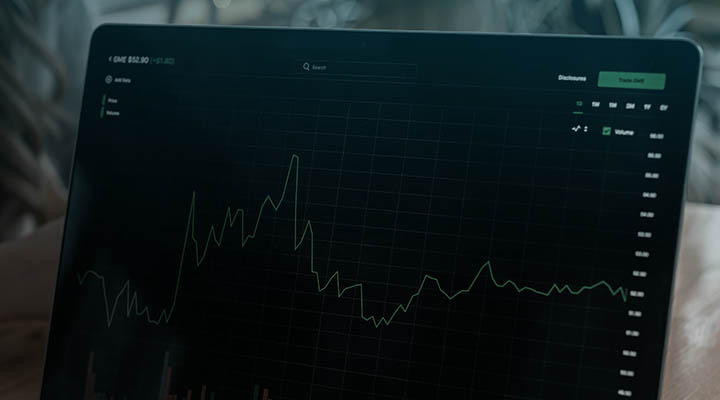UK solar PV installed capacity has grown to 13GW (UK Department for BEIS, 2018). Encouraged by UK government strategy and funding schemes for community solar, more consumers are installing solar PV panels with bundled energy solutions such as battery storage which turned them into “prosumers” - buyers and sellers of electricity. Despite a slowdown in the growth rate of solar PV in 2017 due to the significant cut in government subsidies, it will certainly continue at the current rate and is likely to increase with falling costs and increased awareness of the environmental and long-term economic benefits.

Figure 1. UK Solar Deployment – By Capacity (UK Department for BEIS, 2018)
The proliferation of solar will continue to challenge utilities’ traditional revenue model by disrupting demand and displacing conventional sources of generation in the energy market. Moreover, the intermittent nature of solar brings real disruptions to grid operations, accelerating the need for further grid modernisation to accommodate bi-directional power flows and large load fluctuations.
To remain competitive, utilities must invest to tackle these challenges. However, the bigger the challenge, the bigger the opportunity. While many major utilities missed out on the opportunities brought by the initial surge of solar, competitors from outside the industry have taken big shares of the early-stage market. What opportunities remain for major utilities in the current stabilised market and what strengths can they leverage?
Market Penetration
The initial surge of solar adoption was backed by technology-savvy consumers and brave investors who formed the early-stage market and acted as missionaries, spreading the awareness and benefits of solar. The current market includes many customers who are influenced by the early solar adopters and could be persuaded to invest in solar, but who are yet to be reached. This cohort represents an opportunity for established utilities that have access to huge customer bases and can leverage their scale to install rooftop solar at lower costs than newer entrants. Installations can be bundled with other energy solutions such as smart meters, battery storage and energy management applications. In addition, partnering with banks and government to offer loans and shared ownership of assets could encourage customer investments and further reinforce market share.
Aggregation
In addition to supporting individual consumers, utilities are well-positioned to invest in community solar projects by aggregating consumer demands. Community solar farms can supply energy locally and generate profits for consumers without the need for individual rooftop installations. For example, in the US, Xcel Energy launched Community Solar Garden Programme to build community solar and sell shares to personal consumers. In the long run, when the installed capacity of community solar farms reaches a critical level and produce significant outputs, utilities can manage the outputs centrally for grid balancing and may even use them in trading. Investing in the community solar will add diversity to utilities’ sources of electricity generation and help them to meet emission reduction mandates.
Energy Efficiency
In the US, many energy efficiency (EE) programmes available to homeowners and businesses are sponsored by utilities. Why would utilities help consumers to cut energy bills?
To meet the ever-increasing energy demands, utilities must find new sources of energy for their customers. The traditional approach of building new energy infrastructures (e.g. power stations and substations) is costly and time-consuming. According to the American Council for an Energy-Efficient Economy (ACEEE), the levelised cost of one kWh “generated” as a result of EE is around $0.02-$0.04, while natural gas costs approximately $0.05-$0.08/kWh, and coal can cost as much as $0.15/kWh.
No other companies are in a better position than utilities to identify consumers with intense energy usage and offer targeted EE solutions. In addition to a new source of energy, EE can provide useful data for making decisions on bringing in premise-level solutions such as micro-generation (e.g. solar) or demand response.
Power Forecasting
Due to its intermittent nature, the outputs of solar (and some other renewables) generation are much more difficult to control and predict than conventional generation methods. For power forecasting methods to provide accurate results, they need a wide range of accurate data, e.g. weather data (irradiance, temperature, humidity, wind), asset data (status, performance). Utilities will need to deploy site-specific data collecting systems in utility-scale and community solar farms to obtain accurate, site-level data to help optimise operations and trading.
Load forecasting is not new to utilities as it has been used for operational planning and management. Smart meters are rolling out in the UK market, which will enable utilities to obtain accurate, premise-level energy usage data for more precise forecasting. Utilities can enrich these data with regional demographic data (e.g. the number and projected growth rate of electric vehicles) to enhance the results and link them with power forecasting results to further optimise operations and trading.
In the long term, the power forecasting capability will be a vital enabler for utilities’ continued competitiveness as renewables become increasingly important. Utilities that can effectively integrate power forecasting and load forecasting will enjoy competitive advantages in the future renewable-dominant market.
What's Next?
Utilities must devise new business strategies to invest in the development of new business models and capabilities to remain competitive and adapt to the new disruptive energy market. New IT strategies are required to support the effective adoption of new technologies such as big data analytics, machine learning, Blockchain and the Internet of Things etc.
This transformation will require significant investments, but as the ancient Chinese proverb says, “sharpening your axe won’t delay wood cutting” - utilities investing in sharpening their axe today will be the ones best placed to cut wood more effectively tomorrow.
Published
April 29, 2024Reading time
3 minutesRelated posts





